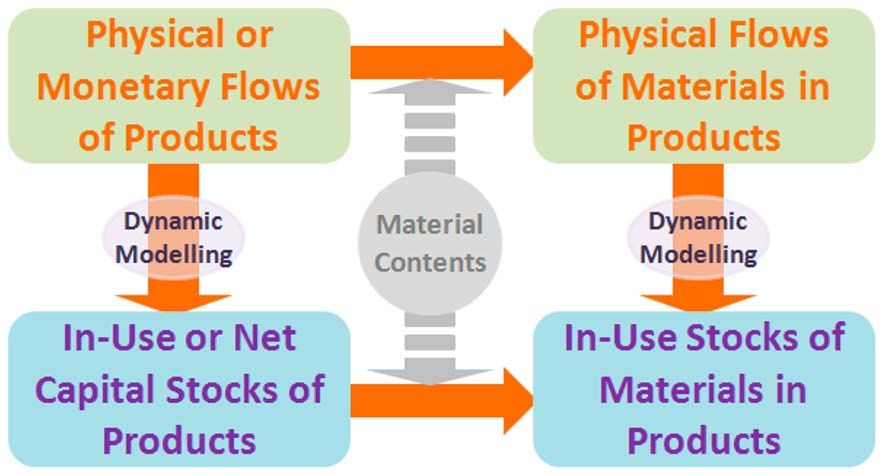Chen, Wei-Qiang*; Graedel, T. E.
Environmental Science & Technology 2015 49 (5), 3048–3055. DOI: 10.1021/es504353s
Abstract
Determinations of in-use material stocks are useful for exploring past patterns and future scenarios of materials use, for estimating end-of-life flows of materials, and thereby for guiding policies on recycling and sustainable management of materials. This is especially true when those determinations are conducted for individual products or product groups such as “automobiles” rather than general (and sometimes nebulous) sectors such as “transportation”. We propose four alternatives to the existing top–down and bottom–up methods for estimating in-use material stocks, with the choice depending on the focus of the study and on the available data. We illustrate with aluminum use in automobiles the robustness of and consistencies and differences among these four alternatives and demonstrate that a suitable combination of the four methods permits estimation of the in-use stock of a material contained in all products employing that material, or in-use stocks of different materials contained in a particular product. Therefore, we anticipate the estimation in the future of in-use stocks for many materials in many products or product groups, for many regions, and for longer time periods, by taking advantage of methodologies that fully employ the detailed data sets now becoming available.
Graphic Abstract
